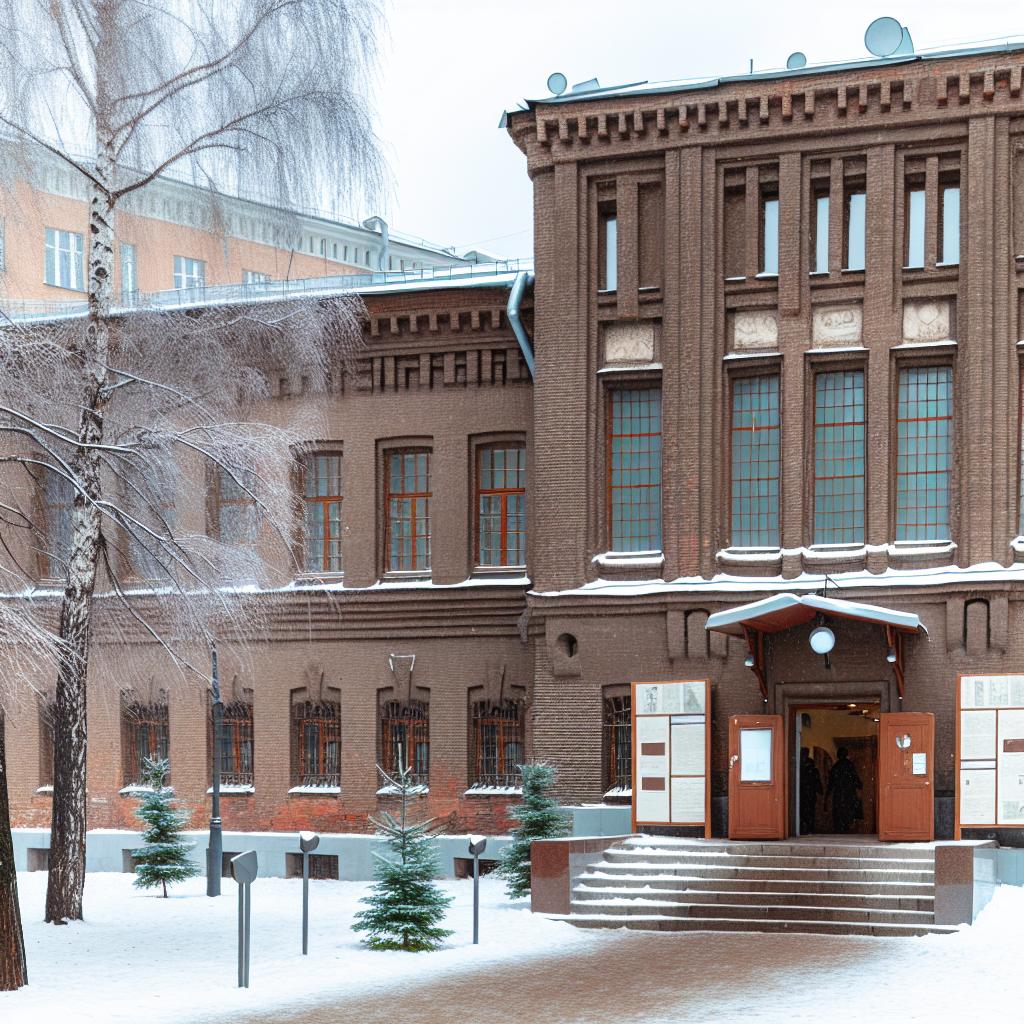Introduction to the Gulag History Museum
The Gulag History Museum in Moscow serves as a significant memorial institution dedicated to the vital task of preserving the memory of individuals who suffered under the Soviet Union’s repressive Gulag system. This museum provides a profound examination of the forced labor camps that were operational for two decades, from the 1930s to the 1950s. It functions both as a center for historical research and public educational outreach.
Exhibits and Collections
The museum’s exhibitions offer a meticulously curated overview of the Gulag system. The display of artifacts, documents, photographs, and personal belongings of former prisoners allows visitors a tangible connection to this complex piece of history. By doing so, the museum’s collections cast a spotlight on the political repression and human rights abuses that were rampant during that era.
Permanent Exhibitions
The permanent exhibitions present a chronological account of the origins of the Gulag, its operation, and its eventual dissolution. A standout feature of these exhibitions is their use of interactive displays, archival materials, and multimedia presentations. These dynamic elements work harmoniously to vividly portray the life and sufferings endured by those imprisoned in the camps.
Temporary Exhibitions
Beyond the permanent installations, the museum hosts temporary exhibitions designed to delve into specific themes or offer perspectives from diverse regions that were affected by the Gulag system. These exhibitions frequently include collaborative projects with international historical institutions and organizations, broadening the scope and enriching the educational value of the exhibitions.
Educational Programs
The Gulag History Museum is committed to conducting various educational programs that are tailored to engage different audiences, ranging from students to scholars. Workshops, lectures, and guided tours are regularly organized, aiming to deepen the understanding of Soviet-era repression and foster meaningful dialogue on crucial human rights issues.
Research Opportunities
For those keen on Soviet history, the museum provides superb research opportunities. Its extensive archives are a treasure trove of material that can greatly enhance academic studies and publications. Researchers are encouraged to access documents and participate in conferences held at the museum, contributing to the broader intellectual discourse.
Visiting the Museum
Situated in the heart of Moscow, the Gulag History Museum is accessible to both local residents and international visitors. Comprehensive visitor information, including details on opening hours and ticket prices, is readily available on the museum’s official website. The museum is dedicated to providing a meaningful educational experience to all who seek to gain insight into this critical period of history.
Conclusion
The Gulag History Museum holds a pivotal role in commemorating the victims of political oppression experienced under the Soviet Union. By fostering an in-depth understanding of the past, the museum contributes significantly to the ongoing global discussion surrounding human rights and historical responsibility. Visitors to the museum gain not only valuable insights into the harsh realities and inhumanity of the Gulag system but also witness the remarkable perseverance and resilience of those who survived the ordeal.
Expanding Historical Awareness
With its well-structured exhibits and carefully curated collections, the museum not only memorializes a stark period in history but also serves as a reminder of the dangers of unchecked political power and the necessity to uphold human rights universally. By hosting various educational programs, the institution ensures a continuous engagement with these topics, encouraging reflection and learning among its diverse audience.
Cultural Significance
As a cultural landmark, the museum plays a critical part in the broader narrative of Russian and global history. By collaborating with international historical institutions and organizations, the Gulag History Museum has positioned itself as a beacon of cultural significance and education, demonstrating the value of remembering and learning from the past.
Future Perspectives
Looking toward the future, the museum aims to expand its research capabilities and further develop its collections and exhibitions. By embracing the latest technological advancements and educational methodologies, it seeks to reach an even wider audience and impart an enduring understanding of the Gulag system and its implications on humanity. In doing so, the museum continues to uphold its mission of remembrance, education, and advocacy for human rights.

